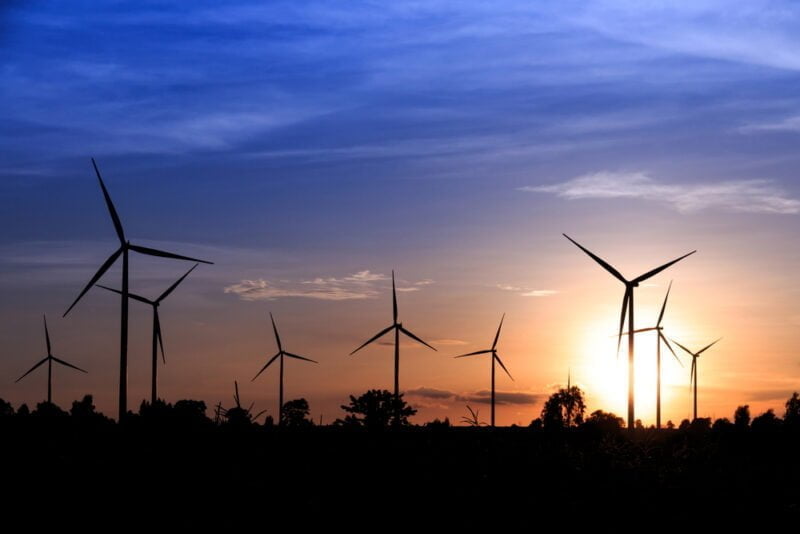Karnataka is set to expand its green energy capacity by 38 GW by 2035. Karnataka has started a ambitious project to increase capacity in its renewable energy by around 38 gigawatts (GW) in 2035 and target half of that amount by 2030. The move indicates the state’s intention to pursue energy solutions through environmentally friendly means with the goal of managing rising power needs as well as curbing carbon emissions.
However, problems of power transmission constraint and land acquisition hurdles still dominate. In response to such issues, Karnataka plans to consult with stakeholders, enhance battery energy storage systems, and enhance the transmission infrastructure so as to ensure an uninterrupted distribution of power.
A Daring Goal with a Timetable
The target is set: 38 GW in FY35, half of that—at around 19 GW—by FY30. Karnataka Renewable Energy Development Ltd MD KP Rudrappaiah told ET, “Karnataka is going to set up around 38 GW of renewable energy capacity by FY35 under resource adequacy.” The state has 23 GW of RE and has 68% of energy mix.
Tackling the Tough Stuff
It’s not plain sailing, however. Land acquisition and transmission of power are sensitive challenges. Having everyone sing from the same hymn book is the key. Rudrappaiah further stated, “We have to include stakeholders and have to make them part of the entire process.” The state’s remedy: introduce 35 GW of transmission lines to de-congest. They’re also counting on battery storage to stabilize the grid when the sun isn’t shining or the wind isn’t blowing.
Going Local with Power
Karnataka is promoting “distributed renewable energy.” That is, small local setups to ease the load of big transmission lines. Solar panels on rooftops or windmills near villages. It makes sense and less energy lost. And it syncs with India’s green waves, with the nation targeting 500 GW of RE by 2030.
Why This Feels Big
Karnataka is accelerating its green energy expansion with a 38 GW target by 2035. Karnataka already a top-five RE state, and this project can serve as an example. Cleaner air, additional jobs, and energy security—who wouldn’t applaud? land and wire clearance is a chore, but the state has a plan. With stakeholders contributing and technology like storage coming to the rescue, it can be made possible. In short, Karnataka’s vision plan to nearly double its renewable energy capabilities by 2035 reflects a progressive policy towards green growth.

